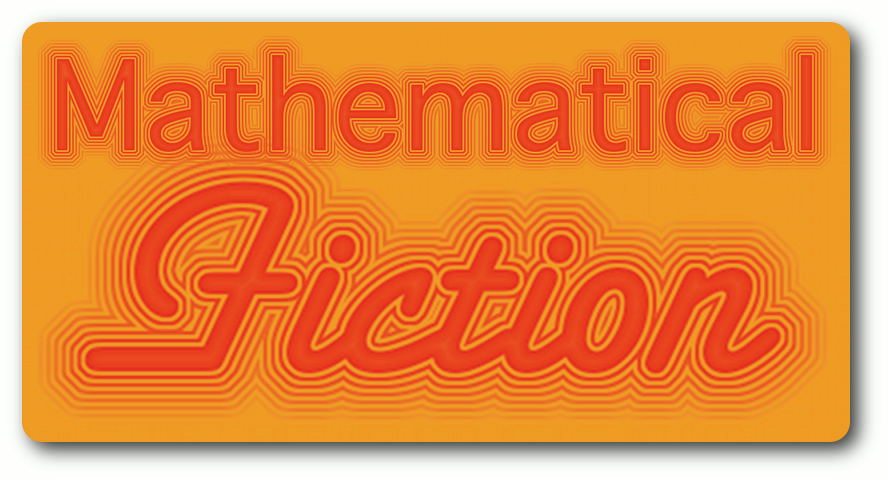A time-traveler tries to reach the right point in spacetime to save his young son from a horrible disease. However, the computations he needs to achieve this goal are frustrated by some analogue of Heisenberg's Uncertainty Principle:
| (quoted from Location, velocity, end point)
I look at my boy. He is frail, and failing. I know what failure looks like, and what frailty feels like. My notepad is full of both. I cannot know where I am and where I am going. I would trade so much for a drop of uncertainty in those numbers. I would trade everything. Uncertainty would mean hope.
|
Mathematical language is used to describe his attempts and his despair:
| (quoted from Location, velocity, end point)
But now all I see are my desperate attempts to limit infinity with indefinite integrals, my inability to catch such a minuscule span of history in a prison of Hessian matrices. Location, velocity. End point. There are too many variables.
|
Although the author has some graduate training in mathematics (and does ecological modeling), his use of mathematical terminology sounds nonsensical to me. (What do indefinite integrals have to do with infinity? Maybe he meant improper integrals...that would make a bit more sense.) Similarly, the idea of applying Heisenberg's Uncertainty Principle to this situation was beyond my ability to suspend disbelief. (Is traveling backwards in time a sort of "velocity"?)
Although I am not a big fan of this story, frequent site visitor Allan Goldberg (who brought it to my attention) liked it very much and defended the author against my criticisms by writing:
| Contributed by
Allan Goldberg
[T]he author ... is applying and modifying quantum mechanical principles, such as the Heisenberg Uncertainty Principle, to the macro world for the sake of a good story.
His use of the term “indefinite integrals” is meant to convey mathematical uncertainty to the lay reader (you and I can think of this more comfortably as a metaphorical use of the mathematical term.)
I feel that the story is “mathematical” in the sense that it uses mathematical terms (albeit haphazardly in the flash fiction format) in service of a good story.
|
The author himself describes it as "a story about work–life balance". It was published in the
07 December 2022 issue of Nature as part of the regular "Futures" column. |

